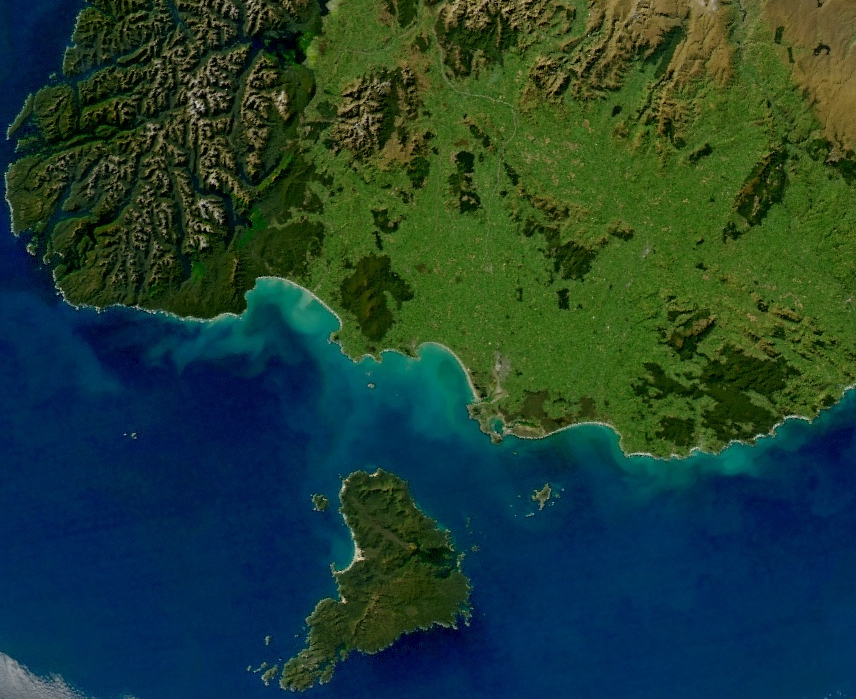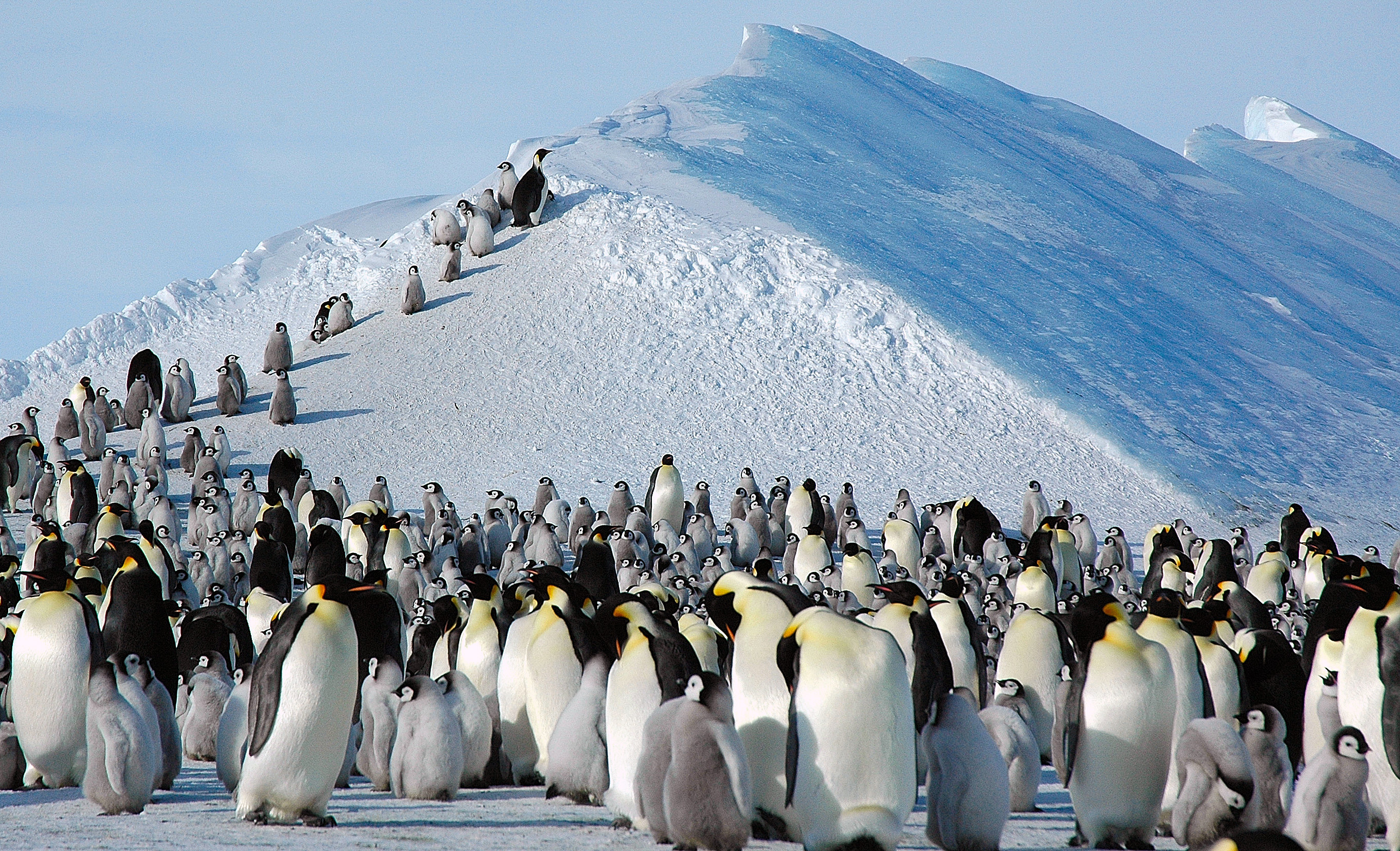|
Foveaux Strait
Foveaux Strait ( ; ) is a strait that separates Stewart Island from the South Island of New Zealand. The width of the strait ranges from about , and the depth varies between . The strait was first charted by an American Seal hunting, sealer, Owen Folger Smith. He charted the strait from a whaleboat of the sealing brig ''Union (1802 ship), Union'' in 1804. The passage was named Foveaux Strait in March 1809, after Joseph Foveaux, the Lieutenant-Governor of New South Wales in Australia. Ferry services across Foveaux Strait began in 1877 and continue to operate regularly between Bluff, New Zealand, Bluff Harbour and Oban, New Zealand, Oban. The strait has been described as "one of the roughest and most unpredictable stretches of water in the world". Severe weather and sea conditions in the strait have contributed to Foveaux Strait#Shipwrecks, multiple shipwrecks and fatalities. One of these losses was the wreck of the SS Tararua, SS ''Tararua'' in 1881—the worst maritime disaster ... [...More Info...] [...Related Items...] OR: [Wikipedia] [Google] [Baidu] |
South Island
The South Island ( , 'the waters of Pounamu, Greenstone') is the largest of the three major islands of New Zealand by surface area, the others being the smaller but more populous North Island and Stewart Island. It is bordered to the north by Cook Strait, to the west by the Tasman Sea, to the south by the Foveaux Strait and Southern Ocean, and to the east by the Pacific Ocean. The South Island covers , making it the List of islands by area, world's 12th-largest island, constituting 56% of New Zealand's land area. At low altitudes, it has an oceanic climate. The most populous cities are Christchurch, Dunedin, Nelson, New Zealand, Nelson and Invercargill. Prior to European settlement, Te Waipounamu was sparsely populated by three major iwi – Kāi Tahu, Kāti Māmoe, and the historical Waitaha (South Island iwi), Waitaha – with major settlements including in Kaiapoi Pā near modern-day Christchurch. During the Musket Wars expanding iwi colonised Te Tau Ihu Māori, Te Tau Ihu, ... [...More Info...] [...Related Items...] OR: [Wikipedia] [Google] [Baidu] |
Māori People
Māori () are the Indigenous peoples of Oceania, indigenous Polynesians, Polynesian people of mainland New Zealand. Māori originated with settlers from East Polynesia, who arrived in New Zealand in several waves of Māori migration canoes, canoe voyages between roughly 1320 and 1350. Over several centuries in isolation, these settlers developed Māori culture, a distinct culture, whose language, mythology, crafts, and performing arts evolved independently from those of other eastern Polynesian cultures. Some early Māori moved to the Chatham Islands, where their descendants became New Zealand's other indigenous Polynesian ethnic group, the Moriori. Early contact between Māori and Europeans, starting in the 18th century, ranged from beneficial trade to lethal violence; Māori actively adopted many technologies from the newcomers. With the signing of the Treaty of Waitangi, Treaty of Waitangi/Te Tiriti o Waitangi in 1840, the two cultures coexisted for a generation. Rising ten ... [...More Info...] [...Related Items...] OR: [Wikipedia] [Google] [Baidu] |
Waipapa Point
Waipapa Point is a rocky promontory on the south coast of Foveaux Strait, the South Island of New Zealand. It is located southeast of the mouth of the Mataura River, at the extreme southwestern end of the area known as the Catlins. The coastline of the Catlins is notoriously dangerous, and there have been many shipwrecks in the region. The most notable of these, and also one of New Zealand's worst shipping disasters, was the wreck of the passenger steamer ''SS Tararua, Tararua'', en route from Port Chalmers to Melbourne via Bluff, New Zealand, Bluff, which foundered off Waipapa Point on 29 April 1881 with the loss of all but 20 of the 151 people aboard. A Waipapa Point Lighthouse, lighthouse was built on the point in response to the tragedy; it began operating in 1884. With its sibling, the retired Kaipara Harbour, Kaipara North Head lighthouse, this was one of the last two wooden lighthouses built in New Zealand. It is still active, and was automated in 1976. External linksI ... [...More Info...] [...Related Items...] OR: [Wikipedia] [Google] [Baidu] |
Waipapa Point Lighthouse, Otara (10213798515)
Waipapa is a small town in the Bay of Islands, Northland, New Zealand. It is located on State Highway 10, approximately 10 minutes drive from Kerikeri, the nearest urban centre. Waipapa itself has no school with most pupils travelling to Kerikeri on a daily basis. It is governed by the Far North District council. Demographics Statistics New Zealand describes Waipapa as a rural settlement. It covers and had an estimated population of as of with a population density of people per km2. The settlement is part of the larger Waipapa statistical area. Waipapa settlement had a population of 156 in the 2023 New Zealand census, a decrease of 18 people (−10.3%) since the 2018 census, and a decrease of 15 people (−8.8%) since the 2013 census. There were 78 males and 81 females in 54 dwellings. 3.8% of people identified as LGBTIQ+. The median age was 32.3 years (compared with 38.1 years nationally). There were 45 people (28.8%) aged under 15 years, 30 (19.2%) aged 15 to 29, 63 ... [...More Info...] [...Related Items...] OR: [Wikipedia] [Google] [Baidu] |
Catlins Coast
The Catlins (sometimes referred to as The Catlins Coast) comprise an area in the southeastern corner of the South Island of New Zealand. The area lies between Balclutha and Invercargill, straddling the boundary between the Otago and Southland regions. It includes the South Island's southernmost point, Slope Point. A rugged, sparsely populated area, the Catlins features a scenic coastal landscape and dense temperate rainforest, both of which harbour many endangered species of birds, most notably the rare yellow-eyed penguin. The coast attracts numerous marine mammals, among them New Zealand fur seals and Hooker's sea lions. In general terms the area enjoys a maritime temperate climate. Its exposed location leads to its frequently wild weather and heavy ocean swells, which are an attraction to big-wave surfers, and have also caused numerous shipwrecks. People have lived in the area since around 1350 AD. Prior to European settlement, the region was sparsely inhabited by noma ... [...More Info...] [...Related Items...] OR: [Wikipedia] [Google] [Baidu] |
Dolphin
A dolphin is an aquatic mammal in the cetacean clade Odontoceti (toothed whale). Dolphins belong to the families Delphinidae (the oceanic dolphins), Platanistidae (the Indian river dolphins), Iniidae (the New World river dolphins), Pontoporiidae (the brackish dolphins), and possibly extinct Lipotidae (baiji or Chinese river dolphin). There are 40 extant species named as dolphins. Dolphins range in size from the and Maui's dolphin to the and orca. Various species of dolphins exhibit sexual dimorphism where the males are larger than females. They have streamlined bodies and two limbs that are modified into flippers. Though not quite as flexible as Pinniped, seals, they are faster; some dolphins can briefly travel at speeds of or leap about . Dolphins use their conical teeth to capture fast-moving Predation, prey. They have well-developed hearing which is adapted for both air and water; it is so well developed that some can survive even if they are blind. Some species are w ... [...More Info...] [...Related Items...] OR: [Wikipedia] [Google] [Baidu] |
Baleen Whale
Baleen whales (), also known as whalebone whales, are marine mammals of the order (biology), parvorder Mysticeti in the infraorder Cetacea (whales, dolphins and porpoises), which use baleen plates (or "whalebone") in their mouths to sieve plankton from the water. Mysticeti comprises the family (biology), families Balaenidae (right whale, right and Bowhead whale, bowhead whales), Balaenopteridae (rorquals), Eschrichtiidae (the gray whale) and Cetotheriidae (the pygmy right whale). There are currently 16 species of baleen whales. While cetaceans were historically thought to have descended from Mesonychia, mesonychians, molecular phylogenetics, molecular evidence instead supports them as a clade of even-toed ungulates (Artiodactyla). Baleen whales split from toothed whales (Odontoceti) around 34 mya (unit), million years ago. Baleen whales range in size from the and pygmy right whale to the and blue whale, the Largest organisms, largest known animal to have ever existed. They ar ... [...More Info...] [...Related Items...] OR: [Wikipedia] [Google] [Baidu] |
Important Bird Area
An Important Bird and Biodiversity Area (IBA) is an area identified using an internationally agreed set of criteria as being globally important for the conservation of bird populations. IBA was developed and sites are identified by BirdLife International. There are over 13,000 IBAs worldwide. These sites are small enough to be entirely conserved and differ in their character, habitat or ornithological importance from the surrounding habitat. In the United States the program is administered by the National Audubon Society. Often IBAs form part of a country's existing protected area network, and so are protected under national legislation. Legal recognition and protection of IBAs that are not within existing protected areas varies within different countries. Some countries have a National IBA Conservation Strategy, whereas in others protection is completely lacking. History In 1985, following a specific request from the European Economic Community, Birdlife International dr ... [...More Info...] [...Related Items...] OR: [Wikipedia] [Google] [Baidu] |
Yellow-eyed Penguin
The yellow-eyed penguin (''Megadyptes antipodes''), known also as hoiho, is a species of penguin endemic to New Zealand. It is the sole extant species in the genus ''Megadyptes''. Previously thought closely related to the little penguin (''Eudyptula minor''), molecular research has shown it more closely related to penguins of the genus ''Eudyptes''. Like most penguins, it is mainly piscivorous. The species breeds along the eastern and south-eastern coastlines of the South Island of New Zealand, as well as Stewart Island, Auckland Islands, and Campbell Islands. Colonies on the Otago Peninsula are a popular tourist venue, where visitors may closely observe penguins from hides, trenches, or tunnels. On the New Zealand mainland, the species has experienced a significant decline over the past 20 years. On the Otago Peninsula, numbers have dropped by 75% since the mid-1990s and population trends indicate the possibility of local extinction in the next 20 to 40 years. While the eff ... [...More Info...] [...Related Items...] OR: [Wikipedia] [Google] [Baidu] |
Marine Mammal
Marine mammals are mammals that rely on marine ecosystems for their existence. They include animals such as cetaceans, pinnipeds, sirenians, sea otters and polar bears. They are an informal group, unified only by their reliance on marine environments for feeding and survival. Marine mammal adaptation to an aquatic lifestyle varies considerably between species. Both cetaceans and sirenians are fully aquatic and therefore are obligate water dwellers. Pinnipeds are semiaquatic; they spend the majority of their time in the water but need to return to land for important activities such as mating, breeding in the wild, breeding and molting. Sea otters tend to live in kelp forests and estuaries. In contrast, the polar bear is mostly terrestrial and only go into the water on occasions of necessity, and are thus much less adapted to aquatic living. The diets of marine mammals vary considerably as well; some eat zooplankton, others eat fish, squid, shellfish, or seagrass, and a few eat ot ... [...More Info...] [...Related Items...] OR: [Wikipedia] [Google] [Baidu] |








